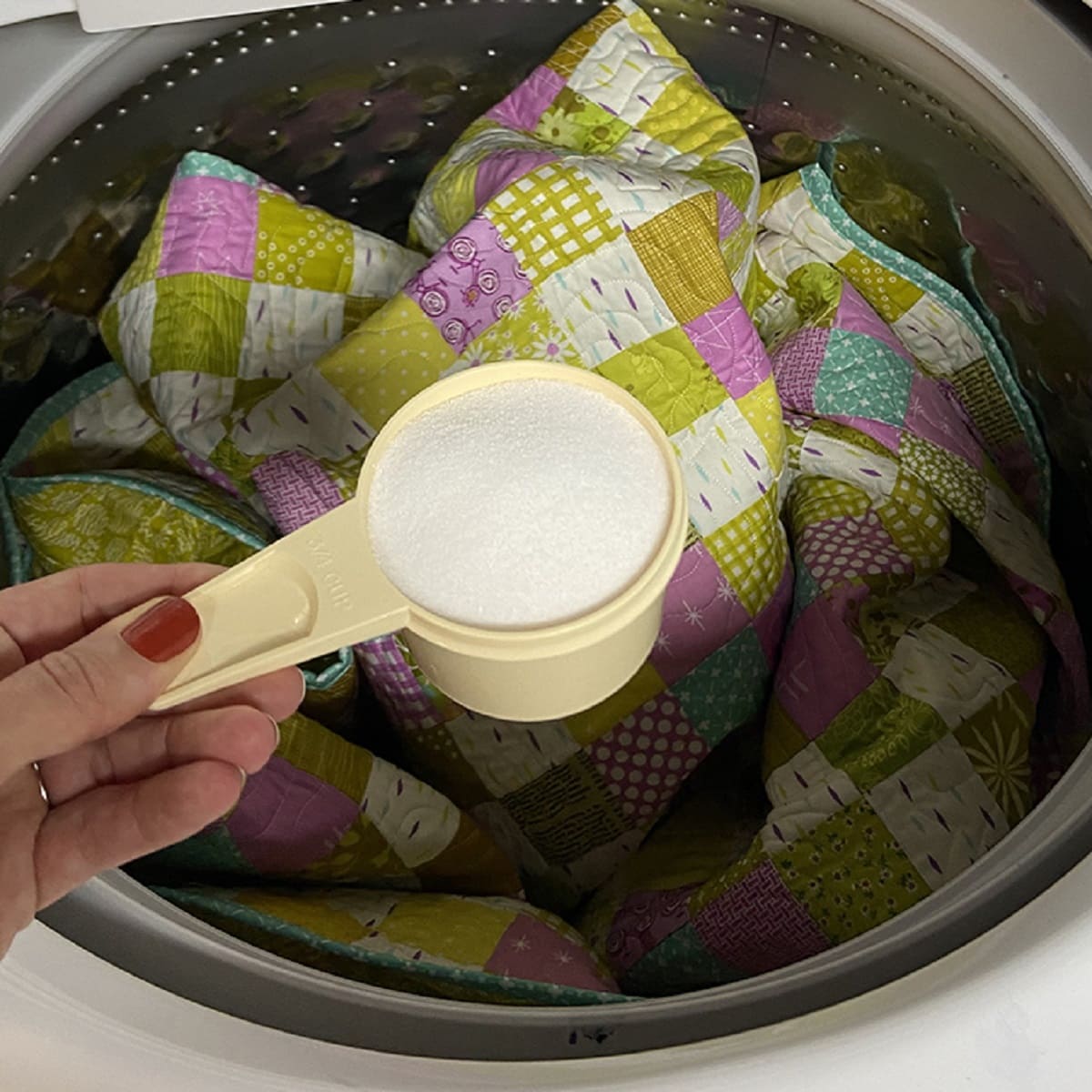

Articles
How Often Should You Wash Your Quilt
Modified: November 2, 2024
Discover the answer to the question "how often should you wash your quilt" in this informative articles. Find out the best practices for keeping your quilt clean and fresh.
(Many of the links in this article redirect to a specific reviewed product. Your purchase of these products through affiliate links helps to generate commission for Storables.com, at no extra cost. Learn more)
Introduction
Quilts are not just cozy blankets; they are pieces of art that bring warmth, comfort, and style to our homes. Whether you have inherited a family heirloom quilt or purchased a new one, taking care of it is essential to ensure its longevity and beauty. One question that often arises is how often should you wash your quilt?
There is no one-size-fits-all answer to this question as the frequency of washing a quilt largely depends on several factors. In this article, we will explore these factors, different types of quilts, signs that indicate when your quilt needs washing, proper washing techniques, and tips for drying and storing your quilt.
By understanding these aspects, you can maintain the quality and appearance of your quilt, allowing it to remain a cherished item for generations to come.
Key Takeaways:
- Proper washing techniques are crucial for maintaining the beauty and integrity of your quilt. From pre-treating stains to air drying, following specific care instructions will ensure your quilt remains a cherished piece for years to come.
- Factors such as usage, fabric type, and personal preference determine how often you should wash your quilt. By considering these factors and identifying the specific type of quilt you own, you can establish a suitable washing schedule to maintain its cleanliness and preservation.
Read more: How Often Should You Clean A Washing Machine
Factors to Consider
When determining how often to wash your quilt, there are several factors to consider:
- Usage: How frequently you use your quilt will play a significant role in determining how often it needs washing. If you use your quilt daily and it is subjected to regular wear and tear, it may require more frequent cleaning compared to a quilt that is used sparingly for decorative purposes.
- Environment: The environment in which your quilt is used can impact its cleanliness. If you have pets, smoke, or live in a dusty area, your quilt may accumulate more dirt and allergens and require more frequent washing.
- Stains and spills: Accidental spills or stains on your quilt should be addressed promptly. If left untreated, they can become more difficult to remove, potentially leading to permanent damage. Regular spot cleaning and addressing stains as soon as they occur can help extend the time between full washes.
- Fabric type: The type of fabric used in your quilt will also play a role in determining the washing frequency. Delicate fabrics may require more gentle treatment and less frequent washing, while sturdier fabrics may withstand more regular cleaning.
- Quilt construction: The construction of your quilt, such as the type of batting and thread used, can influence its durability and how it reacts to washing. Checking the care instructions provided by the quilt manufacturer can give you valuable insights into how often the quilt should be washed.
- Personal preference: Ultimately, personal preference plays a role in how often you choose to wash your quilt. Some individuals may prefer a freshly washed quilt at all times, while others may opt for more infrequent washes to preserve the quilt’s appearance and longevity.
By considering these factors, you can determine a suitable washing schedule for your quilt that strikes a balance between cleanliness and preservation.
Types of Quilts
Quilts come in various styles and designs, each requiring different care and maintenance. Here are some common types of quilts:
- Patchwork Quilts: Patchwork quilts are made by sewing together small fabric pieces to create a larger design. They are known for their intricate patterns and vibrant colors. Patchwork quilts can be made from cotton, polyester, or a blend of fabrics.
- Applique Quilts: Applique quilts are characterized by decorative fabric shapes that are stitched onto a base fabric, creating a raised or textured effect. These quilts often feature intricate designs and require delicate handling during washing.
- Embroidered Quilts: Embroidered quilts showcase intricate embroidery work on the fabric. The threads used in embroidery can be sensitive to harsh washing methods, so extra care is needed when cleaning these quilts.
- Amish Quilts: Amish quilts are known for their bold geometric patterns and solid-color fabrics. They are usually handcrafted with great attention to detail and require gentle washing to preserve their beauty.
- Art Quilts: Art quilts are more experimental and artistic in nature, often incorporating unconventional materials and techniques. Due to their unique construction, art quilts may have specific care requirements that differ from traditional quilts.
- Heirloom Quilts: Heirloom quilts hold sentimental value and are often passed down through generations. These quilts require extra care to preserve their historical significance and delicate fabrics.
It is important to identify the specific type of quilt you own, as this information can help you determine the most appropriate washing techniques.
Washing Frequency for Different Quilts
The washing frequency for different quilts can vary depending on factors such as the type of quilt, fabric, and usage. Here are some general guidelines based on common quilt types:
- Patchwork Quilts: Patchwork quilts made from durable fabrics like cotton or polyester can typically withstand regular washing. Depending on usage and soiling, washing every 3-6 months is generally appropriate.
- Applique Quilts: Applique quilts require more gentle handling due to the added decorative elements. Washing once or twice a year is often sufficient, using a mild detergent and cold water.
- Embroidered Quilts: Embroidered quilts should be handled with care to prevent damage to the delicate embroidery threads. Spot cleaning as needed and occasional hand washing is recommended to preserve the intricate stitching.
- Amish Quilts: Amish quilts are typically made with high-quality materials and craftsmanship. They can endure occasional washing every 6-12 months, depending on use and cleanliness.
- Art Quilts: Art quilts may have unique fibers, embellishments, or unconventional materials, and may require special care. It is best to follow any washing instructions provided by the artist or manufacturer.
- Heirloom Quilts: Heirloom quilts often have delicate fabrics and intricate designs. Extra caution should be taken when washing these quilts, and it is advisable to consult a professional quilt cleaner to ensure the quilt’s preservation.
Remember that these are general guidelines, and it is essential to consider the specific care instructions provided by the quilt manufacturer or any recommendations from the quilt maker if you have one. By following the appropriate washing frequency, you can keep your quilts clean while minimizing the risk of damage.
It is recommended to wash your quilt every 3-6 months to keep it clean and free of dust, dirt, and allergens. However, if you use a quilt cover, you may be able to wash it less frequently.
Signs that Your Quilt Needs Washing
Knowing when to wash your quilt is crucial to maintain its cleanliness and ensure its longevity. Here are some signs that indicate your quilt may need washing:
- Visible stains or spills: If you notice any visible stains or spills on your quilt, it is a clear indication that it needs washing. Promptly addressing stains can help prevent them from becoming more challenging to remove.
- Unpleasant odor: If your quilt starts to develop an unpleasant odor, such as a musty or stale smell, it is likely time for a wash. Odors can result from accumulated dirt, body oils, or exposure to moisture.
- Allergies or respiratory issues: If you or someone in your household experiences allergies or respiratory issues that worsen when using the quilt, it might be a sign of accumulated allergens. Washing the quilt can help eliminate these irritants and improve indoor air quality.
- Visible dirt or discoloration: If your quilt appears visibly dirty or has discolored areas, it is an indication that it needs cleaning. Dirt and dust particles can settle on the fabric over time, dulling its appearance.
- It has been a while since the last wash: If it has been several months or longer since you last washed your quilt, it is probably a good time to give it a thorough cleaning. Regular maintenance is essential to prevent dirt and grime from building up and potentially causing damage.
- Change in texture: If you notice a change in the texture of your quilt, such as it feeling stiffer or rougher, it may be a sign of accumulated dirt or body oils. A wash can help restore the quilt’s softness and comfort.
Keep in mind that these signs are general indicators, and the need for washing will vary depending on factors like quilt usage, environment, and fabric type. By paying attention to these signs, you can ensure that your quilt remains clean, fresh, and pleasant to use.
Read more: How Often Should You Clean Your Blinds
Proper Washing Techniques for Quilts
Quilts, particularly those made with delicate fabrics or intricate designs, require special care during the washing process. Here are some proper techniques to follow when washing your quilts:
- Read the care instructions: Before washing your quilt, check the care instructions provided by the quilt manufacturer or maker. They may provide specific guidelines on the best washing methods for that particular quilt.
- Pre-treat stains: If you notice any stains on your quilt, pre-treat them before washing. Use a gentle stain remover or spot cleaner suitable for the quilt’s fabric type. Follow the manufacturer’s instructions and test on a small, inconspicuous area first to ensure it doesn’t cause any damage.
- Select a suitable washing method: Depending on the quilt’s fabric and construction, you can choose between hand washing, machine washing, or professional cleaning. Hand washing is generally the gentlest option, but it may not be practical for large or heavily soiled quilts.
- Hand washing: If hand washing is appropriate for your quilt, fill a clean bathtub or sink with lukewarm water and a mild detergent suitable for delicate fabrics. Gently submerge the quilt, swishing it around to loosen dirt and debris. Avoid wringing or twisting the quilt, as it can lead to stretching or damage.
- Machine washing: If machine washing is the recommended method, use a front-loading washing machine, as it is gentler compared to top-loading machines. Place the quilt in a large mesh laundry bag or pillowcase to protect it from excessive agitation. Use a gentle cycle with cool water and a mild detergent designed for delicate fabrics.
- Use minimal agitation: Regardless of the washing method, minimize agitation to prevent damage. Opt for gentle cycles, low spin or no-spin options, and avoid overcrowding the machine to allow the quilt to move freely.
- Avoid harsh chemicals: Harsh chemicals, bleach, and strong detergents can damage the fibers and colors of your quilt. Stick to mild, pH-neutral detergents designed for delicate fabrics to ensure the quilt’s longevity and vibrancy.
- Rinse and dry thoroughly: After washing, rinse the quilt thoroughly to remove any detergent residue. Squeeze out excess water without wringing or twisting, and lay the quilt flat on a clean towel or drying rack to air dry. Avoid direct sunlight, as it can fade the colors.
Remember to always follow the specific instructions provided for your quilt, as different quilts may have unique care requirements. Taking the time and care to properly wash your quilt will help maintain its beauty and integrity for years to come.
Drying and Storing Your Quilt
Proper drying and storage techniques are essential to preserve the quality and longevity of your quilt. Here are some guidelines to follow when drying and storing your quilt:
- Air drying: After washing, gently squeeze out excess water from the quilt without wringing or twisting. Lay the quilt flat on a clean, dry towel or use a drying rack. Avoid hanging the quilt to dry, as this can cause stretching or distortion.
- Avoid direct sunlight: When drying the quilt, keep it away from direct sunlight, as the sun’s rays can fade the colors and weaken the fabric over time. Instead, choose a well-ventilated area indoors or a shaded spot outside.
- Flip and rotate: While air drying, periodically flip and rotate the quilt to ensure even drying. This helps prevent moisture from getting trapped in any one area, which can lead to mildew or mold growth.
- Don’t rush the drying process: It’s important to allow the quilt to dry naturally and completely. Depending on the quilt’s size and thickness, drying may take several days. Patience is key to avoid any dampness that could cause musty odors or damage.
- Store in a clean, dry place: Once the quilt is fully dry, store it in a clean and dry environment. Avoid areas prone to high humidity, such as basements, as moisture can encourage mold or mildew growth. Ideally, store the quilt in a cotton or linen bag, which allows the fabric to breathe while protecting it from dust and pests.
- Avoid plastic bags: Do not store quilts in plastic bags or vacuum-sealed containers, as they can trap moisture and promote the growth of mold or mildew. Natural fibers need to breathe to maintain their quality.
- Prevent folding creases: If possible, avoid folding the quilt along the same lines repeatedly. Over time, continuous creasing can weaken the fibers and cause permanent damage. Opt for rolling the quilt or alternating the fold lines periodically.
- Avoid moth damage: To protect your quilt from moth damage, consider using natural moth repellents such as lavender sachets or cedar chips in the storage area.
By following these drying and storage practices, you can help extend the life of your quilt and ensure it remains in pristine condition for future generations to enjoy.
Conclusion
Taking care of your quilt is essential in preserving its beauty, comfort, and longevity. Understanding how often to wash your quilt and following proper washing techniques are key elements of quilt maintenance. Factors such as usage, environment, fabric type, and personal preference should be considered when determining the frequency of washing.
Different types of quilts require different care, so it’s important to identify the specific type of quilt you have and follow any care instructions provided by the manufacturer or quilt maker. Regularly assessing your quilt for signs of stains, odors, dirt, or discoloration will help you determine when it needs washing.
When it comes to washing your quilt, using appropriate techniques is crucial. Whether you choose hand washing or machine washing, using mild detergents and minimizing agitation will help protect the fabric and construction. Additionally, proper drying techniques, such as air drying and avoiding direct sunlight, are important to prevent damage and maintain the quilt’s quality.
Storing your quilt correctly is also vital to ensure its preservation. Keep it in a clean, dry environment, preferably in a cotton or linen bag, and avoid folding along the same lines to prevent creasing and weakening of the fabric.
By following these guidelines and taking the time to properly care for your quilt, you can enjoy its comfort and beauty for years to come while preserving its value as a cherished piece of art and family heirloom.
Frequently Asked Questions about How Often Should You Wash Your Quilt
Was this page helpful?
At Storables.com, we guarantee accurate and reliable information. Our content, validated by Expert Board Contributors, is crafted following stringent Editorial Policies. We're committed to providing you with well-researched, expert-backed insights for all your informational needs.
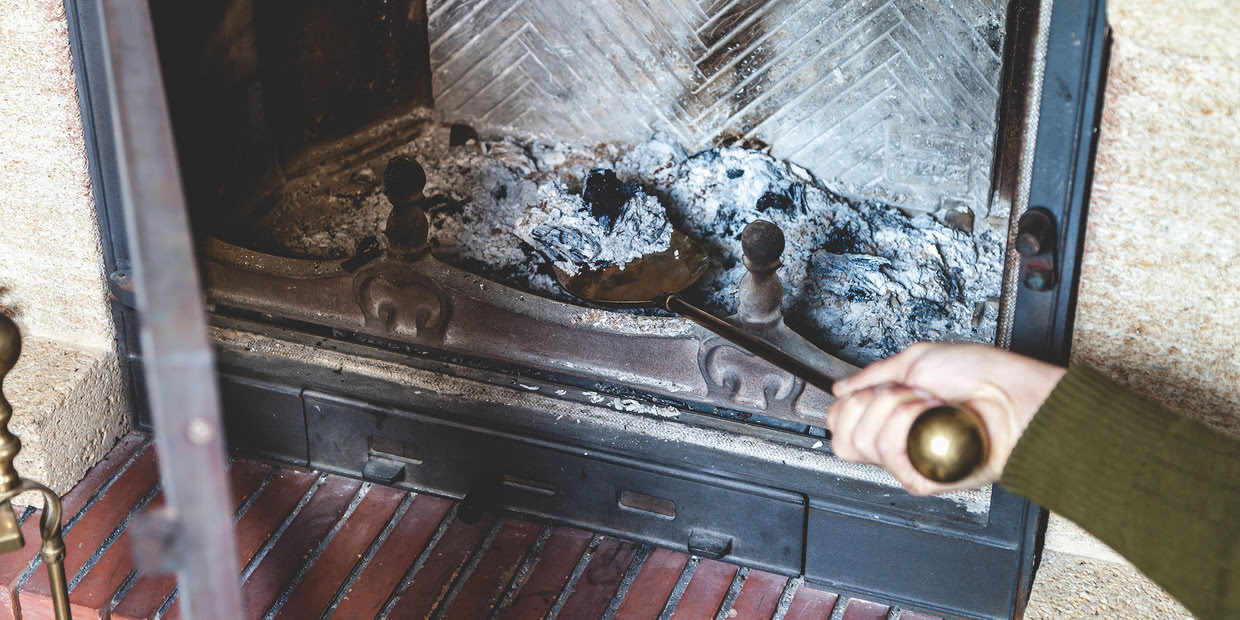



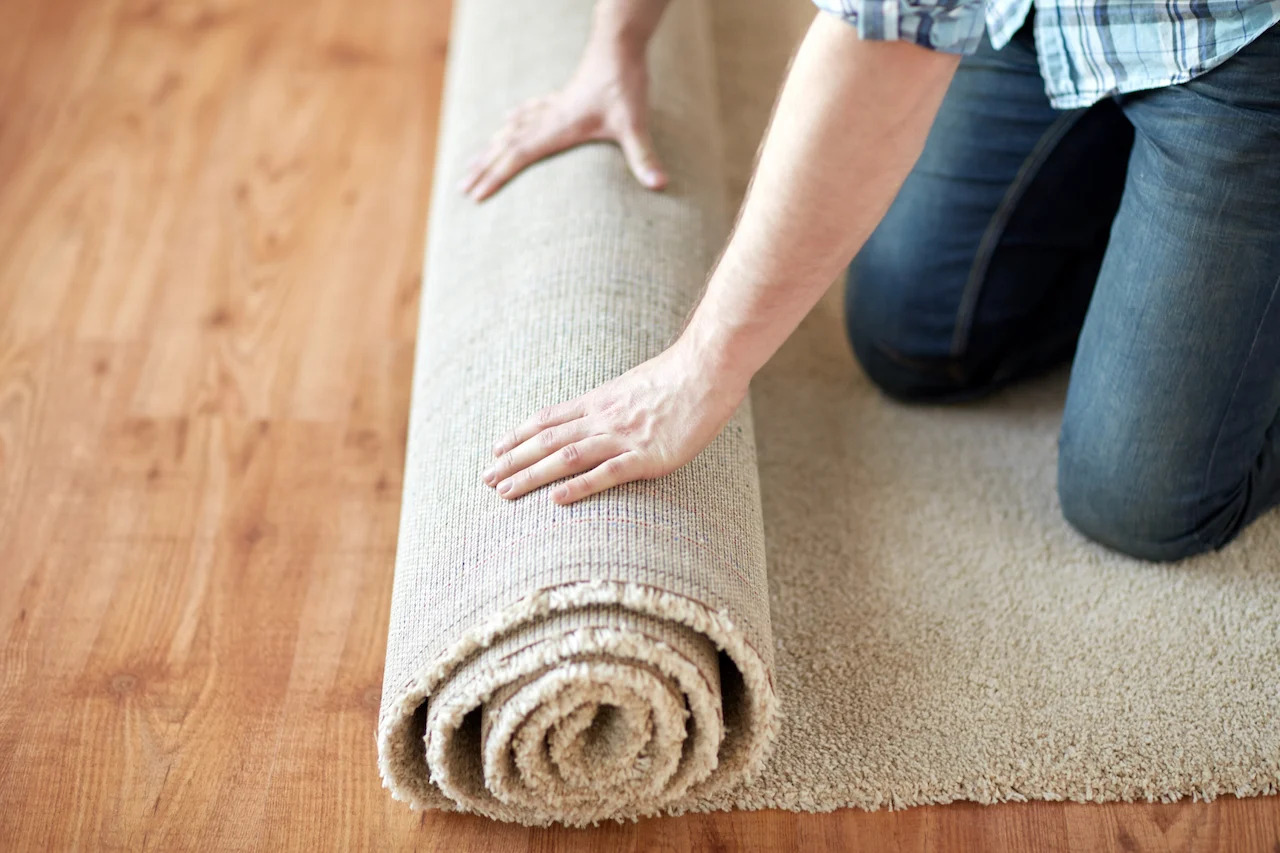






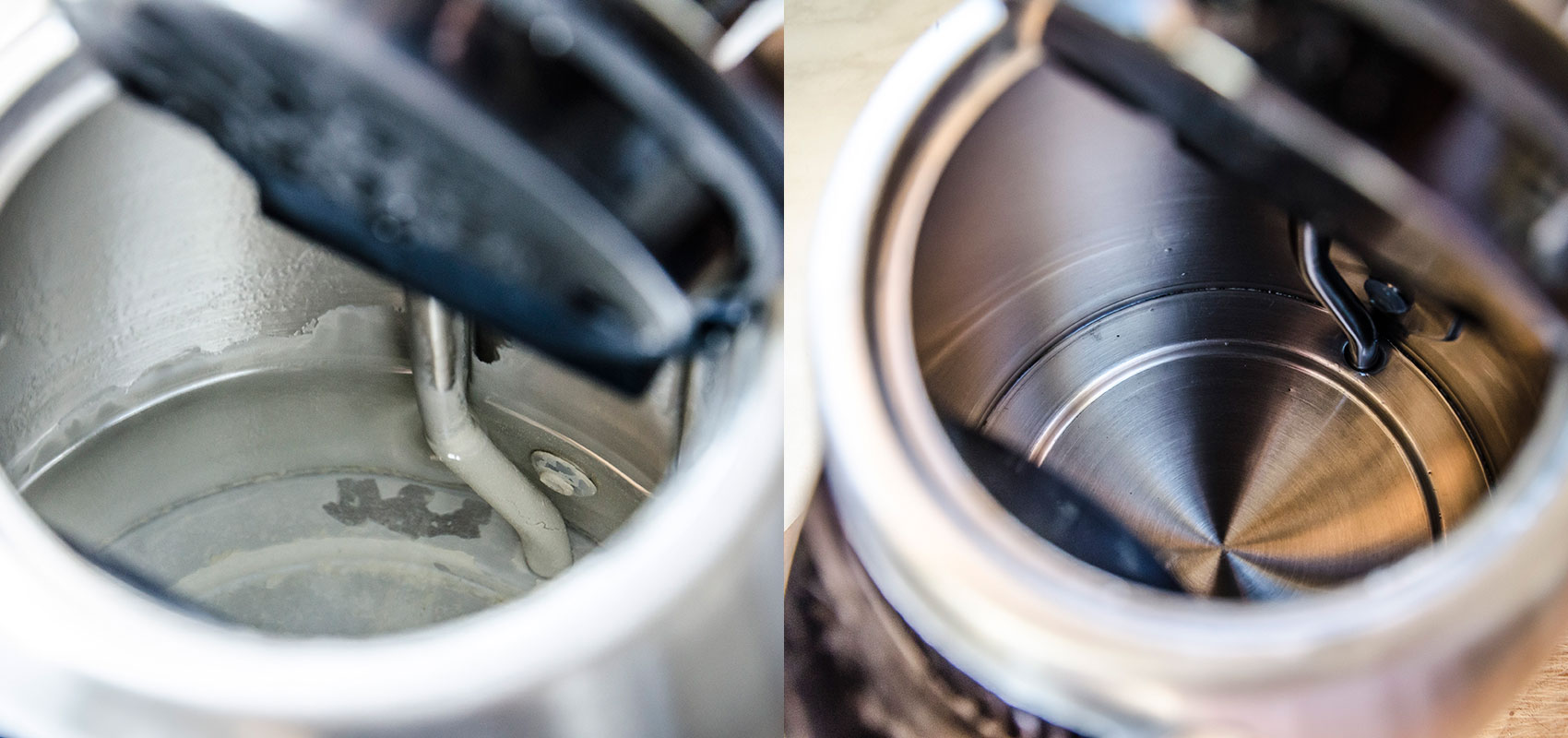

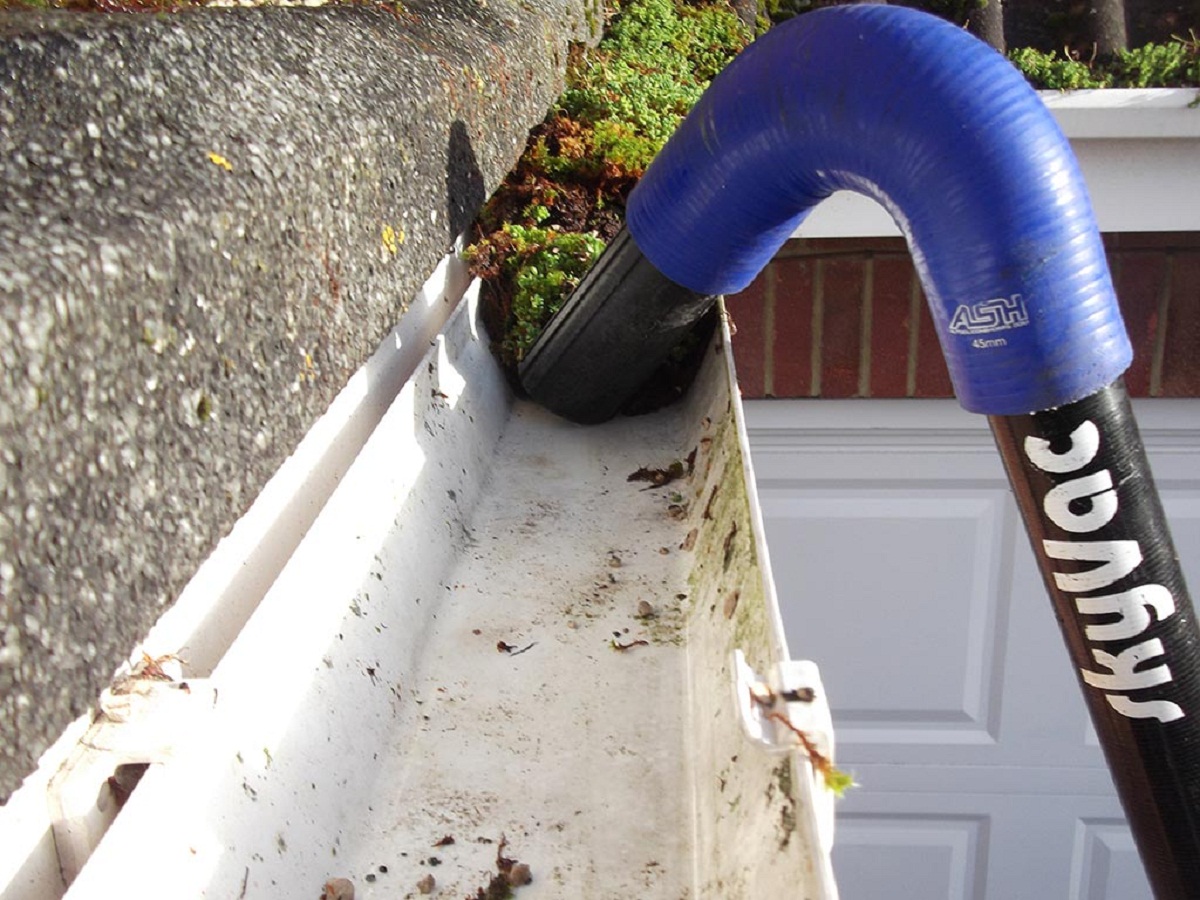

0 thoughts on “How Often Should You Wash Your Quilt”